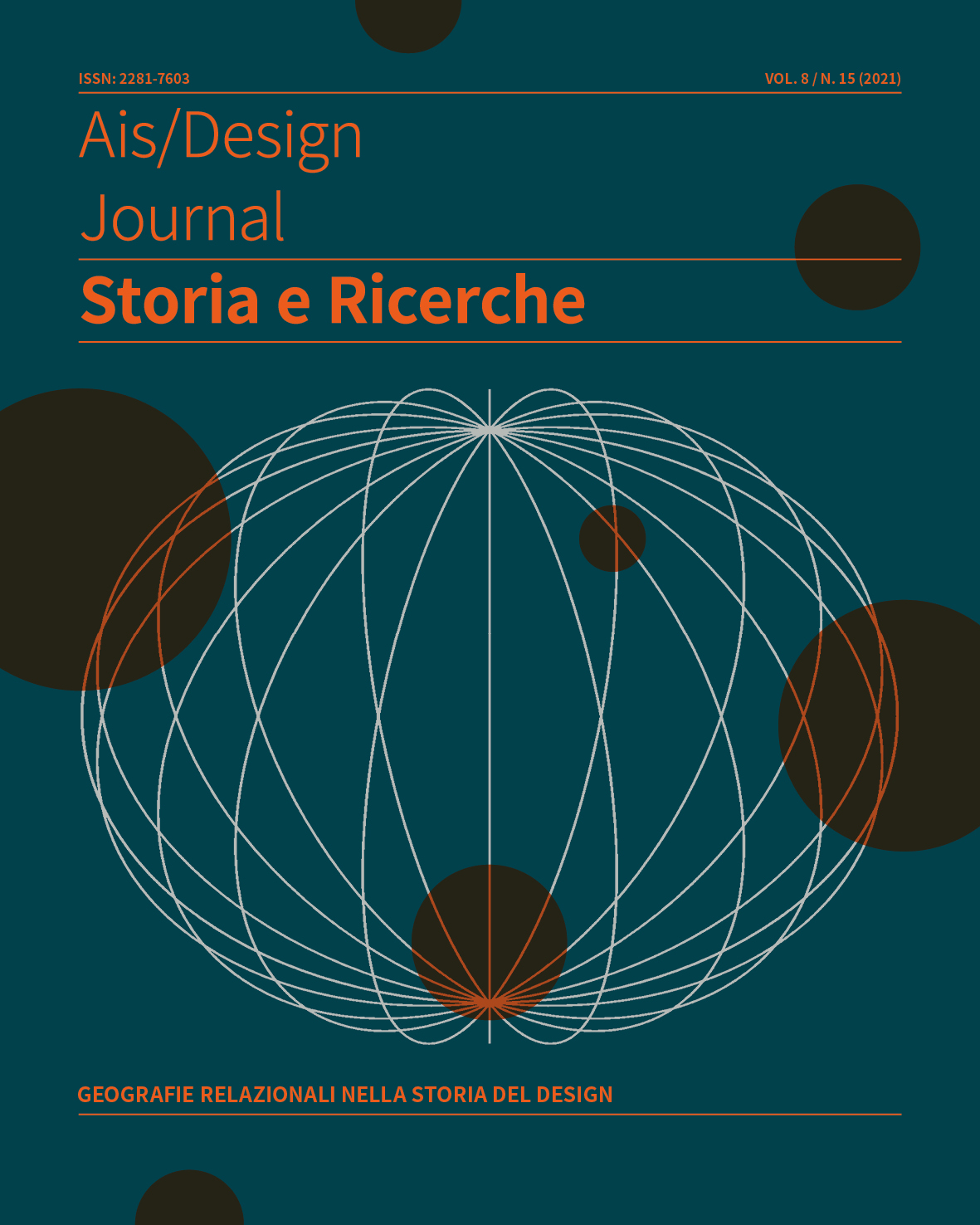A Visual Narrative on the Presence of Japanese Characters in the São Paulo City Urban Landscape (1930-1970)
Abstract
Districts that receive Asian immigrants are characterized by a specific urban landscape, formed by textual and visual elements, which differ from the usual Latin/Western system. In cities where these districts are established, typographic elements indicate landmarks of identity representation and historical reference for the Asian immigrant communities that live and work in the region. This phenomenon has occurred in the streets of multicultural cities like New York and Milan. In Brazil, this phenomenon can be observed especially in the Liberdade district in São Paulo city. Since the beginning of the twentieth century, Liberdade had commercial and cultural institutions where some inscriptions could be found, mainly from Japanese writing systems (hiragana, katakana, and kanji). In this visual essay of historical approach, the author examines the typographic landscape present in inscriptions inserted in the public environment of Liberdade, by means of some photographs taken between the 1930s and 1970s. As a result, the purpose of this visual narrative is to understand how the relationship between typography, writing and the urban context constitutes the graphic heritage of Liberdade.
Copyright (c) 2021 Eduardo Araújo de Ávila

This work is licensed under a Creative Commons Attribution-NonCommercial-NoDerivatives 4.0 International License.
Creative Commons NonCommercial-NoDerivates 4.0 international License (CC BY-NC-ND 4.0).


